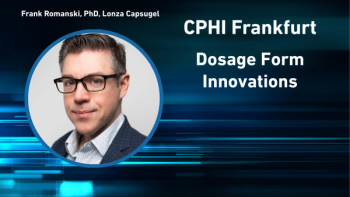
Study ‘Confirms Economic Viability’ of Orphan Drugs
Orphan drugs achieved blockbuster status in 2011, generating over $50 billion, and have the potential to generate as much lifetime revenue as drugs used for more common health conditions, according to a report from Thomson Reuters’ IP & Science division.
Orphan drugs achieved blockbuster status in 2011, generating over $50 billion, and have the potential to generate as much lifetime revenue as drugs used for more common health conditions, according to a report from Thomson Reuters’ IP & Science division.
The Economic Power of Orphan Drugs found that developmental drivers such as government incentives, shorter clinical trials and high rates of regulatory success are making the top orphan drugs “as economically viable” as non-orphan drugs.
An estimated 250 new rare diseases are identified annually, affecting 25 million people in the US alone.
After Lipitor, which has generated an estimated $197 billion for Pfizer over its lifetime, the second largest revenue-generating drug is Rituxan (rituximab), whose $154 billion revenue comprises “significant sales for the treatment of two rare (orphan) diseases: chronic lymphocytic leukemia and non-Hodgkin’s lymphoma, as well as for the non-orphan indication rheumatoid arthritis.”
The compound annual growth rate (CAGR) of the orphan drug market between 2001 and 2010 was 25.8 percent, compared to only 20.1 percent for a matched control group of non-orphan drugs. According to the Thomson Reuters report, “this data, combined with the increasing number of orphan drug approvals, suggests that the CAGR of launched orphan drugs will outshine that of the non-orphan control drugs over the next 30 years.”
Although the revenue generating power of orphan drugs will lessen once they move into the generics market, they are protected by additional exclusivities, such as the US’s seven-year Orphan Drug Exclusivity (ODE), which can begin running later in a product’s life cycle if the new indication is approved after the initial launch.
There are challenges associated with orphan drug development of course, not least the difficulty in locating and recruiting patients and the logistical problems related to trial organization. However, Thomson Reuters data shows that trials focused on orphan drugs are significantly shorter and have a quicker review time than trials involving non-orphan drugs, and the report points to other positive factors, including favorable reimbursement, fewer hurdles to approval, lower marketing costs, and faster uptake.
The higher value of companies with a strong orphan-drug strategy “reflects the increasing degree of optimism for the sale-and-profit potential of the rare disease market,” commented Brian Lester, senior analyst and managing director of Manning & Napier’s life sciences group. “We expect the orphan disease business model to sustain a competitive edge over the traditional primary care business model in the future,” he added.
Newsletter
Get the essential updates shaping the future of pharma manufacturing and compliance—subscribe today to Pharmaceutical Technology and never miss a breakthrough.




